Jute Products in Nepal: A Sustainable Tradition Weaving a Green Future
Introduction:
Nepal, a country nestled in the Himalayas, has a rich cultural tapestry woven with traditions that span centuries. Among these traditions is the art of crafting jute products, an industry that not only connects with the country’s heritage but also aligns with the global call for sustainable and eco-friendly practices. In recent years, Nepal has witnessed a resurgence in the production and popularity of jute products, showcasing the versatility and eco-friendliness of this natural fiber.
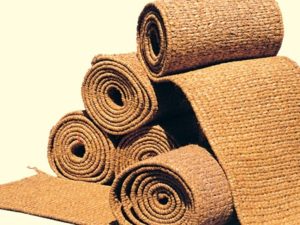
Historical Perspective:
Jute, known as the “golden fiber,” has been an integral part of Nepal’s cultural and economic landscape for centuries. Historically, jute cultivation and weaving were essential skills passed down through generations, contributing to the country’s self-sufficiency in textiles. Over time, however, the demand for synthetic materials and changing consumer preferences led to a decline in the jute industry.
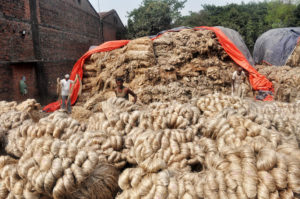
Revival of Jute in Nepal:
In recent years, there has been a renewed interest in traditional and sustainable practices worldwide. This shift in consumer behavior has played a crucial role in the revival of the jute industry in Nepal. Artisans and entrepreneurs are rediscovering the potential of jute, not only as a traditional craft but also as a sustainable and eco-friendly alternative to synthetic materials.
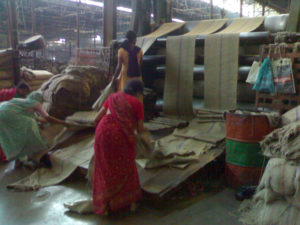
Diverse Jute Products:
Nepal’s jute industry is no longer confined to traditional items like sacks and rugs. Today, the country produces a diverse range of jute products, catering to both local and international markets. From stylish handbags and fashion accessories to home decor items and eco-friendly packaging, Nepali artisans are showcasing the adaptability of jute in various forms.

Sustainable Practices:
One of the key factors driving the popularity of jute products in Nepal is the emphasis on sustainability. Jute is a natural fiber that is biodegradable, recyclable, and requires minimal processing. The cultivation of jute also has a lower environmental impact compared to many synthetic materials. As consumers become increasingly conscious of their ecological footprint, the demand for sustainable products like those made from jute continues to rise.

Empowering Communities:
The resurgence of the jute industry in Nepal is not only contributing to environmental sustainability but also empowering local communities. Artisans, often located in rural areas, are finding new economic opportunities through the production of jute products. This empowerment is not limited to economic aspects but also extends to preserving and celebrating cultural heritage.
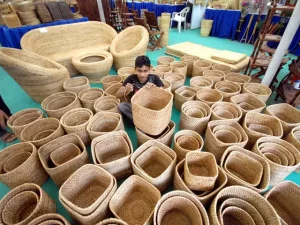
Challenges and Opportunities:
While the revival of the jute industry in Nepal is promising, it is not without challenges. Competition from cheaper synthetic alternatives, limited market access, and the need for modernization in production processes are areas that need attention. However, with concerted efforts from the government, non-governmental organizations, and the private sector, there is immense potential to overcome these challenges and position Nepal as a hub for sustainable jute products.
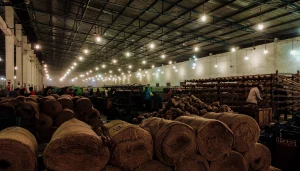









Leave a Reply